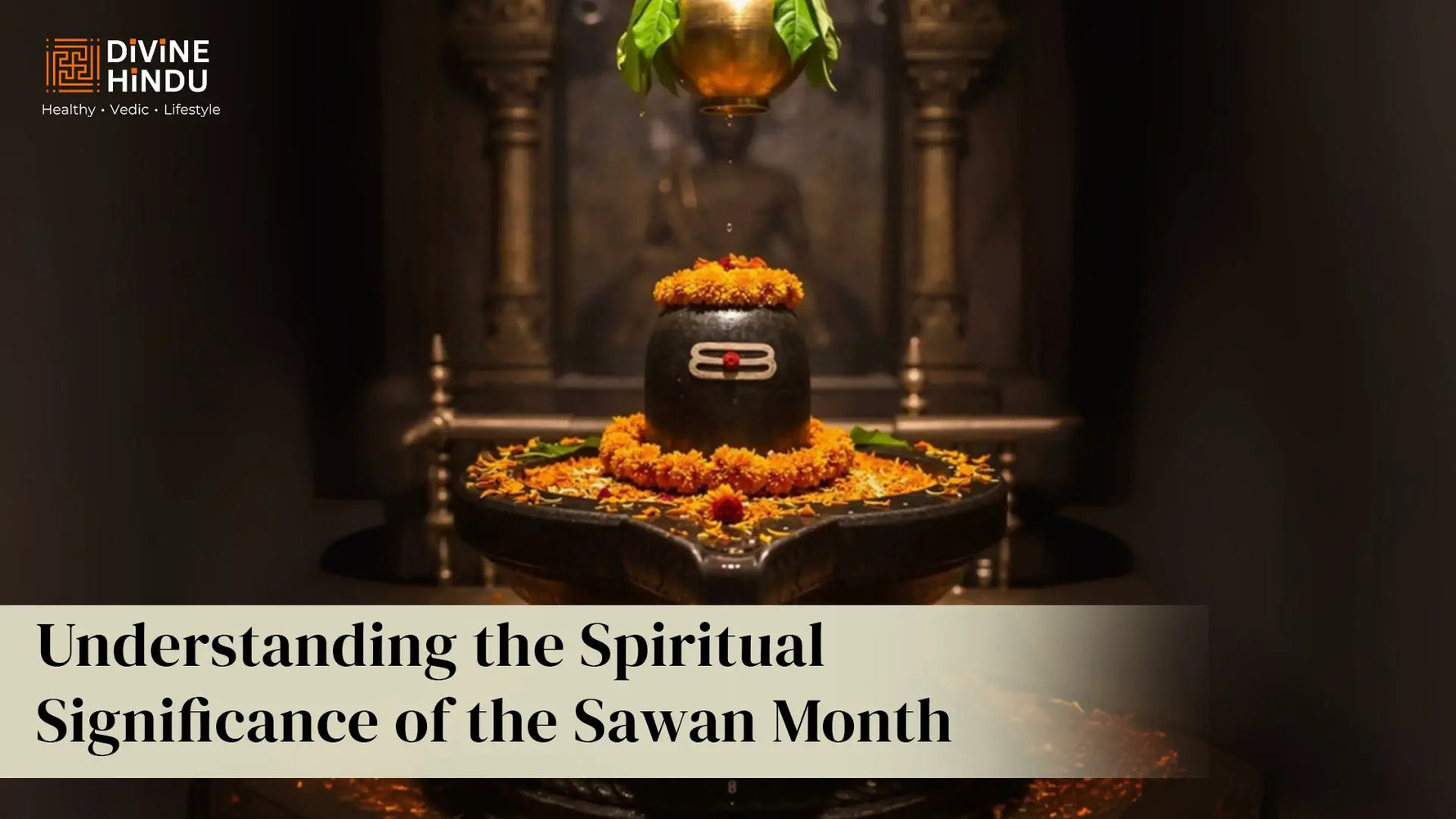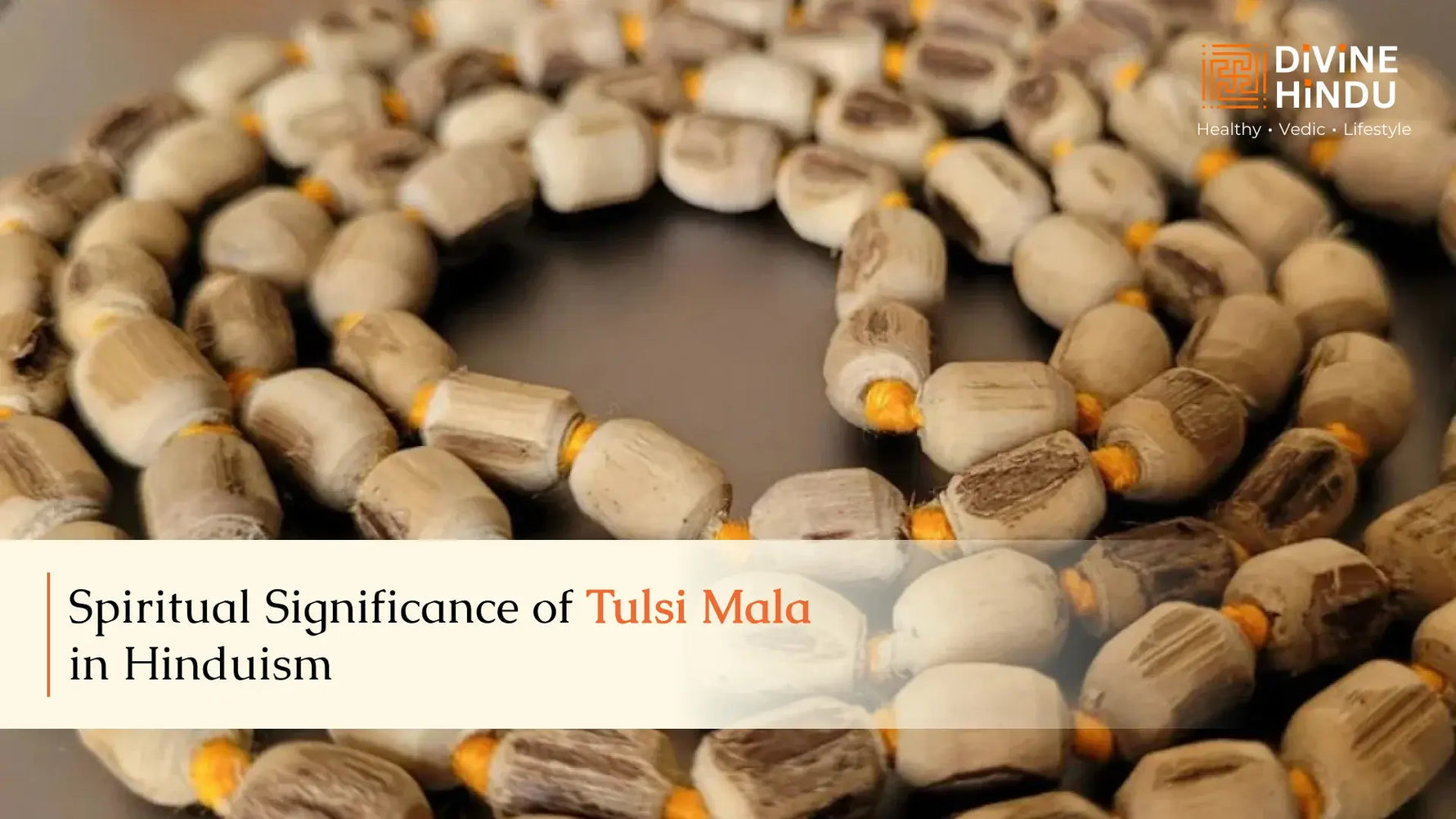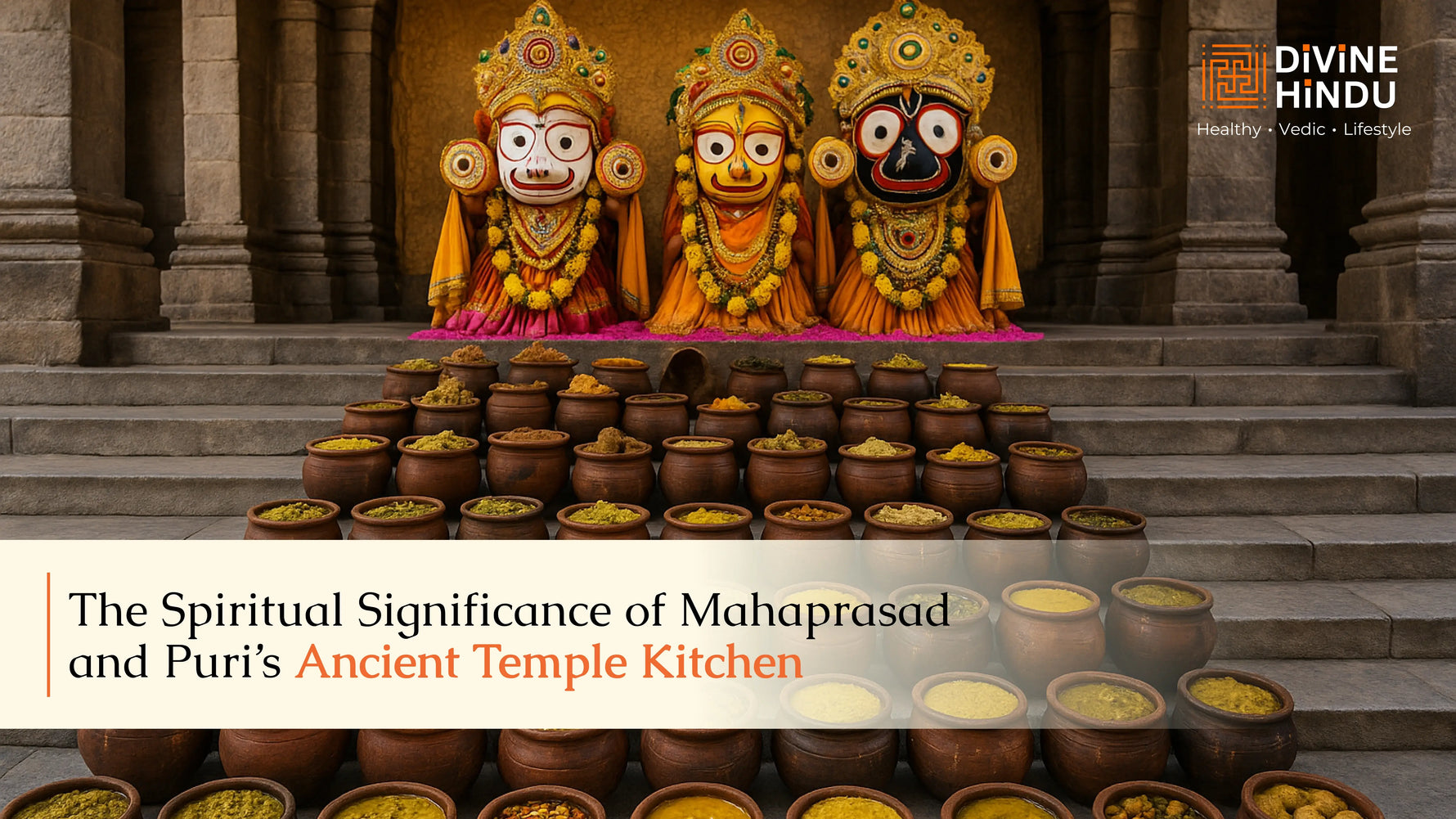What are the 7 chakras?
The human energy map includes seven main chakras running from your head to your tailbone, each tuning into a separate slice of your body and mind. The Root Chakra sits at the very base of your spine, down near the sacrum, and nourishes feelings of safety; when it spins well, you feel grounded in life.
Just above that, in the lower belly, lies the Sacral Chakra, the hub of creativity, emotion, and the warm drive that links you with other people. Higher still, in the upper abdomen, sits the Solar Plexus Chakra, the seat of personal power, and its state often shows how bold and in command you feel in your own story.
Understanding The Energy Flow
In this system, life energy prana in Sanskrit moves through subtle channels, mixing with breath and thought as it courses around your frame. Chakras act like traffic circles where the flow slows for a moment and then spreads outward to every cell and organ. Because each wheel hosts its colour, sound, and purpose, everyone affects your body, moods, and inner growth in a slightly different way.
The Seven Main Chakras ( 7 chakras )
The human body is believed to have seven chakras — energy centers that influence your physical, emotional, and spiritual well-being. Let’s explore each one:
1. Root Chakra (Muladhara)
Location: Base of your spine
Colour: Red
What it governs: Your sense of safety, security, and basic survival needs.
When balanced, You feel grounded, secure, and steady on your feet.
When imbalanced, Anxiety creeps in, along with doubts about money and day-to-day safety.
2. Sacral Chakra (Svadhisthana)
Location: Lower abdomen, just below the belly button.
Color: Orange
What it governs: Creativity, sexuality, feelings, and the simple joy of pleasure.
When balanced: You flow with ideas, desires, and emotions, rolling with change instead of fighting it.
When imbalanced: Blocks may dull your creativity, stir up relationship tension, or leave feelings feeling jumbled.
3. Solar Plexus Chakra (Manipura)
Location: Upper belly, around the stomach area.
Color: Yellow
What it governs: Personal power, confidence, and the spark of self-esteem.
When this center works smoothly, you feel confident, energized, and in charge of your day.
On the flip side, an out-of-whack center can leave you feeling powerless, battling low self-worth, or trying to micromanage everything.
4. Heart Chakra (Anahata)
Location: Right in the middle of your chest.
Color: Rich green.
What it governs: Love, kindness toward others, and the bonds that connect us.
When balanced, giving and receiving love feels effortless; you radiate compassion and a sense of togetherness.
When imbalanced, you struggle in relationships, feel lonely, or cling to old hurts.
5. Throat Chakra (Vishuddha)
Location: The throat area.
Color: Clear blue.
What it governs: Honest communication, self-expression, and voicing your truth.
When balanced, you speak with purpose and say precisely what you mean with no hesitation.
6. Third Eye Chakra (Ajna)
Location: The space just between your eyebrows on the forehead.
Color: Deep indigo or purple.
Govern: Intuition, wisdom, and clear spiritual sight.
When balanced, you trust your hunches and think with laser focus.
When imbalanced, confusion creeps in, decision-making feels heavy, or you ignore quiet gut whispers.
7. Crown Chakra (Sahasrara)
Location: The very top of your head.
Color: Soft violet or bright white.
Govern: Your sense of spiritual connection and higher awareness.
When open, you feel part of something larger than yourself.
How to Work with Your Chakras
People keep their chakras in line through handy tools like meditation, yoga, breath work, colourful visualisations, supportive crystals, and foods that match each centre's hue.
The first step is simply checking in with how your body and mind feel each day; that honest scan can hint at which energy centre could use a little TLC.
Remember, chakras are a spiritual idea, not a medical system. Still, lots of folks find them handy for self-reflection, using the framework as a mindfulness tool to learn more about their emotional and spiritual health.
Recurring physical issues like nagging pain, low energy, or constant colds may point to an imbalance. Persistent emotions- holding on to fear, anger, or deep sadness- can also show that an energy channel is blocked. Lastly, notice any area of your life that feels stuck, stagnant, or simply unfulfilled; that too can signal a sore spot in your system.
Signs Your Chakras Need Attention
Physical symptoms like chronic aches, fatigue, or recurrent illness can show chakra imbalances. Similarly, consistent emotional patterns such as chronic fear, anger, or sadness can also indicate blocked energy centres. Additionally, pay attention to the aspect of your life that feels stagnant, stuck, or unfulfilled.
How to Balance Your Chakras
Everyday Practices
Meditation: Sit quietly for 10-15 minutes and lightly notice each energy point.
Yoga: Move through poses aimed at opening one specific centre.
Breathwork: Use slow inhales and exhales to push energy up and down gently.
Colour Therapy: Dress in, or picture, the bright colours linked to each wheel.
Sound Healing: Repeat a mantra, ring a bowl, or play soft binaural beats.
Life Integration
Mindful Eating: Choose foods that match the chakra colours and themes.
Nature Practice: Step outside, feel solid ground, and breathe sky air.
Creative Practice: Paint, doodle, sing, or write without judging the outcome.
Emotional Practice: Notice what you feel, name it, and let it pass.
Spiritual Practice: Reach for something larger than self, however you define it.
Precautions for 7 Chakras
General Precautions
Move at your own pace; flooding an energy centre usually backfires.
Skip deep work when ill, exhausted, or in the middle of a crisis.
Aim to keep all channels balanced rather than fixating on one.
Stop immediately if you feel dizzy, nauseous, prickly, or lost.
Conclusion
The seven chakras provide a significant spiritual system for understanding the complexities of our physical, emotional, and spiritual health. Working with the seven chakras offers a clear, grounded map of body, heart, and spirit. Root energy anchors you, while crown energy opens the door to vast awareness. Tending each wheel in turn supports steady growth and gentle, holistic healing.
Working with chakras invites us to tune into ourselves and see how energy moves, or gets stuck, in different parts of our lives. When the wheels are open and spinning together, we tend to feel grounded, creative, confident, loving, genuinely expressive, intuitive, and spiritually connected. On the other hand, blockages or rough spots can show up as aching bodies, heavy moods, a sense of being stuck, or plain old emptiness.
You May Also Like :
Where to Buy Original Karungali Malai Online – Benefits & GuideWhat Is The Significance of 108 in Hinduism?Lord Jagannath's Rath Yatra 2025: A Spiritual Journey of TraditionThe Symbolism and Spiritual Meaning Behind Murugan IdolsNirjala Ekadashi 2025: Date, Vrat Katha, Rituals and Spiritual Significance













